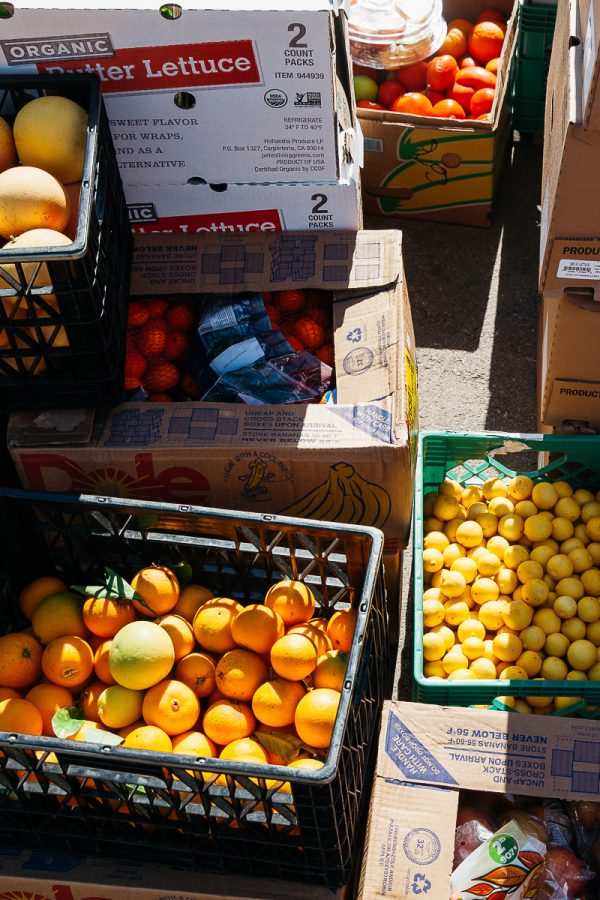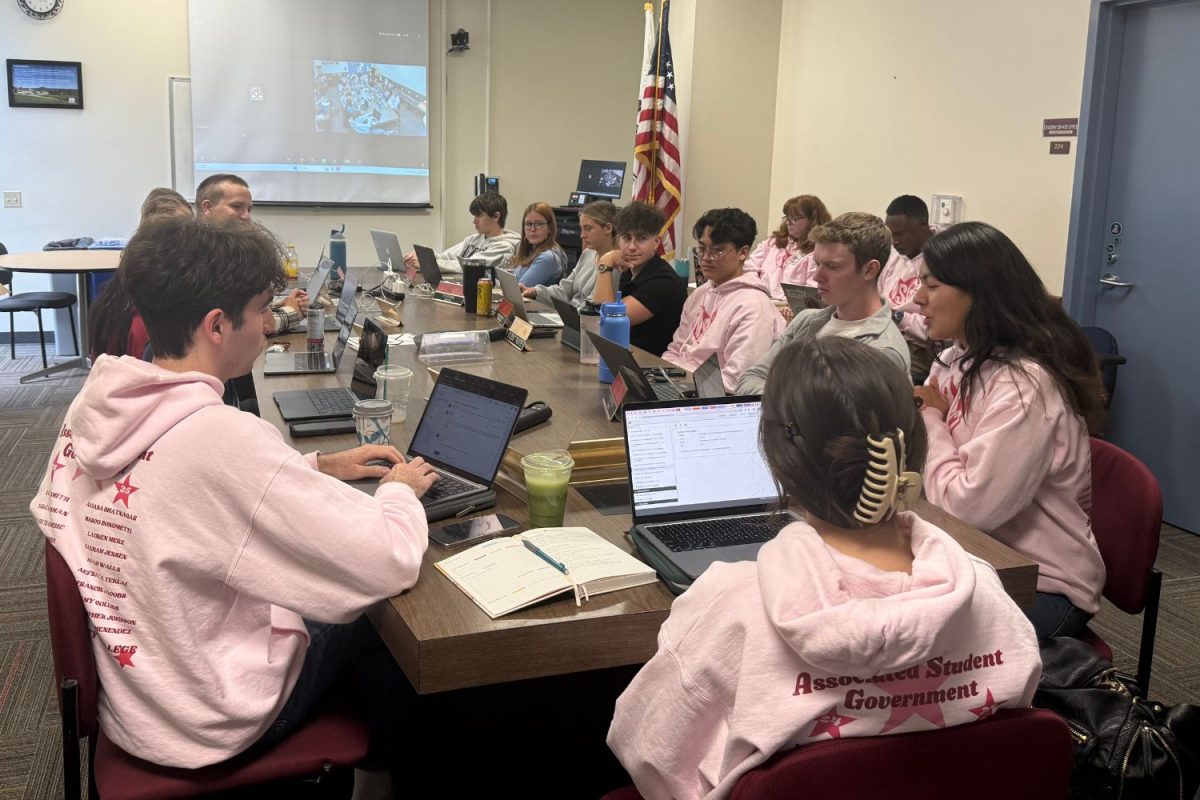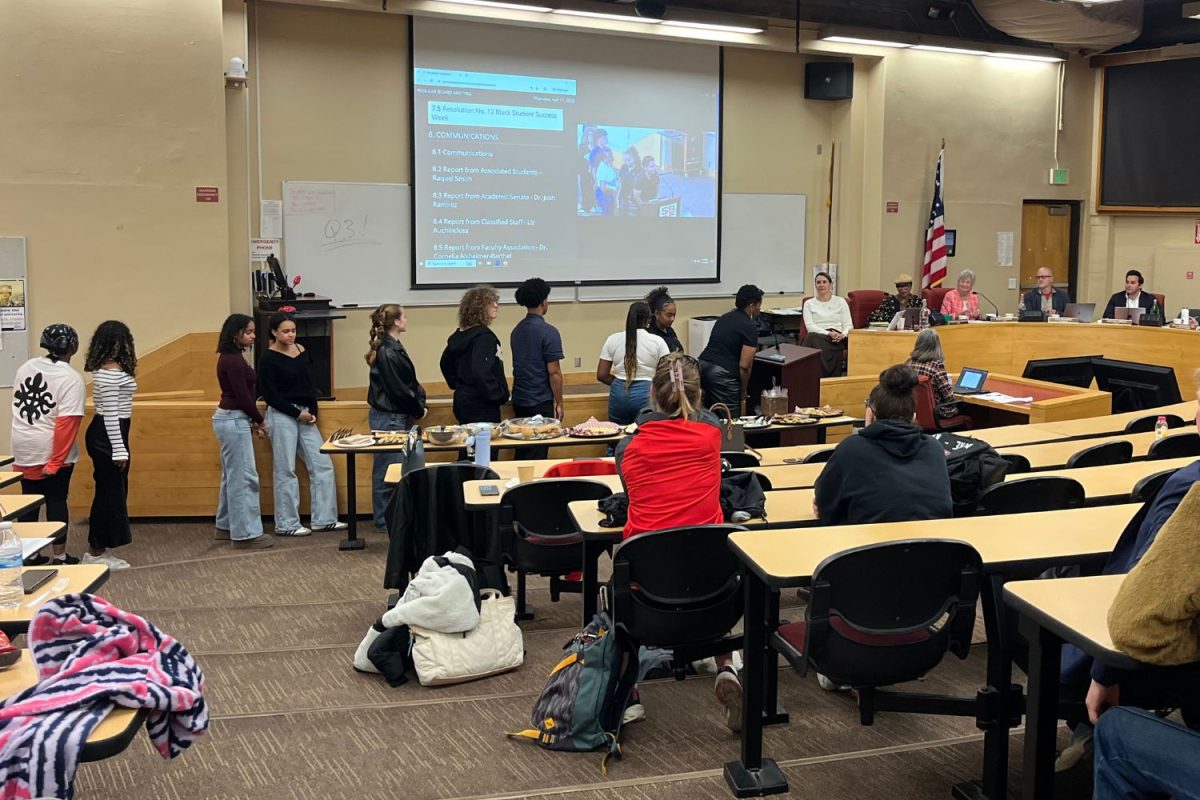The cost of food is an often overlooked expense, but for students living on a budget in one of California’s most expensive cities, finding enough money to afford healthy food can be a constant struggle.
California’s nutrition assistance program, CalFresh, aims to tackle food insecurity by providing relief to those living hand to mouth while working part-time jobs or attending school.
“It can be for students living away from home, who maybe just have enough to pay rent,” said Alondra Lazaro Gonzalez, program assistant at the Center for Equity and Social Justice.
“Rent is so high here that food insecurity is real,” said Gonzales.
CalFresh, formerly known as food stamps, is part of what’s nationally known as SNAP, or the Supplemental Nutrition Assistance Program. The program supplies households with up to $194 per person every month via an electronic benefits (EBT) card, which can be used at many local grocery stores, including Trader Joe’s, Sprouts, Isla Vista Food Co-op and local farmers’ markets.
Santa Barbara is one of the first cities to allow farmers’ markets to accept EBT cards.
Daisy Basulto, the CalFresh programs coordinator for Foodbank of Santa Barbara County, has been holding a sign up at the CESJ on Tuesdays at 10 a.m., where she helps students through the application process and answers their questions about benefits and eligibility.
Benefits are allocated based on need, taking into account income, expenses, and household size.
“They have barriers, and we are here to help alleviate that stress,” said Basulto.
Basulto said many students don’t know that they are eligible to receive assistance and the sign-up days are intended to get the word out on CalFresh.
“I didn’t know when I was in college,” she said. “It’s something students should take advantage of.”
The CESJ staff went through training over the summer, and this is the first semester they have been helping with applications. Along with the Food Pantry and the monthly food shares, which both provide free groceries to students, CalFresh is a way to overcome a problem that doesn’t get much attention.
“Student hunger is a big issue,” said Basulto. “Students are coming to school who are homeless, living in their cars or couch surfing.”
Once approved, benefits are distributed monthly, and every 6 to 12 months the recipient’s situation will be reviewed to account for changes in employment or living situations.
The rebranding of the food stamp program to CalFresh was intended to encourage a positive perspective on nutritional assistance, with a focus on providing healthier alternatives to cheaper or faster food choices.
“The word ‘food stamps’ is stigmatized,” said Gonzalez. “It meant you were poor or couldn’t afford something.”
She added that the program can be a great relief for “all the things that come with the struggles of a student,” even if only used while attending school.
“It’s not for the rest of your life. Maybe for students that will be here for two years,” said Gonzalez.
Aside from the stigma that can be attached, some proposed policy changes by the Trump administration would make requirements stricter, disproportionately affecting minorities and those living in poverty, a move that Basulto says would “limit access to immigrant families.”
“Our community is a community of color, especially in Santa Barbara,” Basulto said.
According to federal reports, over 38 million people received SNAP benefits last year, with over 3 million in California.
The annual cost has been declining since 2013, from $79 billion to $64 billion in 2018.
Any student interested in learning more about the program can visit the Center for Equity and Social Justice Office in the West Campus Center Room 207 for more information.








